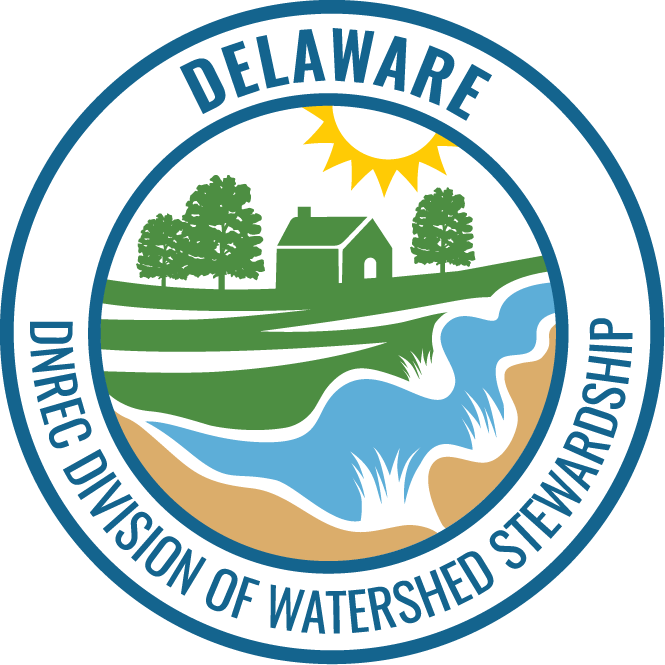
Facebook Twitter Instagram YouTube
Written on: December 22nd, 2025 in Education and Outreach, Natural Resources
By Olivia Allread, DNREC’s Wetland Monitoring and Assessment Program Sanctuary. All seek it, some search, and a lucky few can find it. As we know, these “sacred” spaces can come in many different forms and represent an untouched meaningfulness which is irreplaceable. One of a kind so to speak. At the far end of the […]
Written on: December 22nd, 2025 in Wetland Animals
By Alison Stouffer, DNREC’s Wetland Monitoring and Assessment Program If you are like me, you have likely been driving down a rural road, paddling through a tidal wetland, or going for a stroll through a state park and seen a furry, brown animal that had you doing a double take. That wasn’t a weird looking […]
Written on: September 24th, 2025 in Education and Outreach, Wetland Animals
By Olivia Allread, DNREC’s Wetland Monitoring and Assessment Program Anything new certainly can be intimidating. Sports, art mediums, cooking, recreational activities, you name it, they all have their own culture and lingo that some spend a lifetime mastering. Particularly in the natural resource world, certain topics or hobbies can sometimes come off as an exclusive […]
Written on: July 22nd, 2025 in Education and Outreach, Wetland Research
By Olivia Allread, DNREC’s Wetland Monitoring and Assessment Program Many millions of years before us Homo sapiens appeared, there lived a vast array of plants and animals in extensive environmental systems we no longer see today. With Earth having formed 4.6 billion years ago, there are certainly a lot of eras between the cloud of […]
Written on: December 10th, 2024 in Education and Outreach, Wetland Animals
By Olivia Allread, DNREC’s Wetland Monitoring and Assessment Program Though pretending to be a National Geographic photographer is on our resumes, working in wetlands really does provide an exclusive opportunity to get up-close and personal with wildlife. Weather, soil, water, humans – many factors influence the presence of fauna in all wetland types. Each type […]
Written on: May 17th, 2024 in Education and Outreach, Natural Resources, Wetland Animals
By Ashley Tabibian, DNREC’s Shellfish and Recreational Waters Program What do you think of when you think of oysters, clams, and mussels? For being so small, they are somewhat complex creatures with almost superhero like abilities. Do you think of how nutritious they are? According to WebMD, shellfish are low in calories, high in protein […]
Written on: March 13th, 2024 in Natural Resources, Wetland Animals
By Alison Stouffer, DNREC’s Wetland Monitoring and Assessment Program It’s that time of year again where the days are getting longer, the weather is getting warmer, and life begins to return to our beloved wetlands. The sea of monotonous brown and gray will slowly make way for gorgeous greens, speckled with the purples, pinks, yellows, […]
Written on: July 26th, 2023 in Natural Resources, Wetland Animals
By Alison Rogerson, DNREC’s Wetland Monitoring and Assessment Program Summer means warm weather (ok hot), spending more time outside, exploring the woods, wading in streams, and fishing. This makes it more likely that you will encounter one of Delaware’s 14 species of turtles! Safe to say that there is a turtle in every type of […]
Written on: July 26th, 2023 in Natural Resources, Wetland Restoration
By Brigham Whitman, Delaware Wild Lands Taylors Bridge in southern New Castle County perfectly characterizes Delaware’s coastal flood plain: a mosaic of agricultural fields interspersed with patches of upland hardwood forest and the occasional residential development, surrounded by the waters of the Delaware Bay with fingers of marsh snaking throughout the adjacent low-lying areas. Aside […]
Written on: March 24th, 2023 in Education and Outreach, Wetland Animals
By Olivia Allread, DNREC’s Wetland Monitoring and Assessment Program Ah, the start of spring. We all have our own personal odes to season. Many of us wait for that 70-degree day, some prepare gardens for planting, while others set the date to do that annual “cleaning” and get the dust off their ceiling fan blades. […]